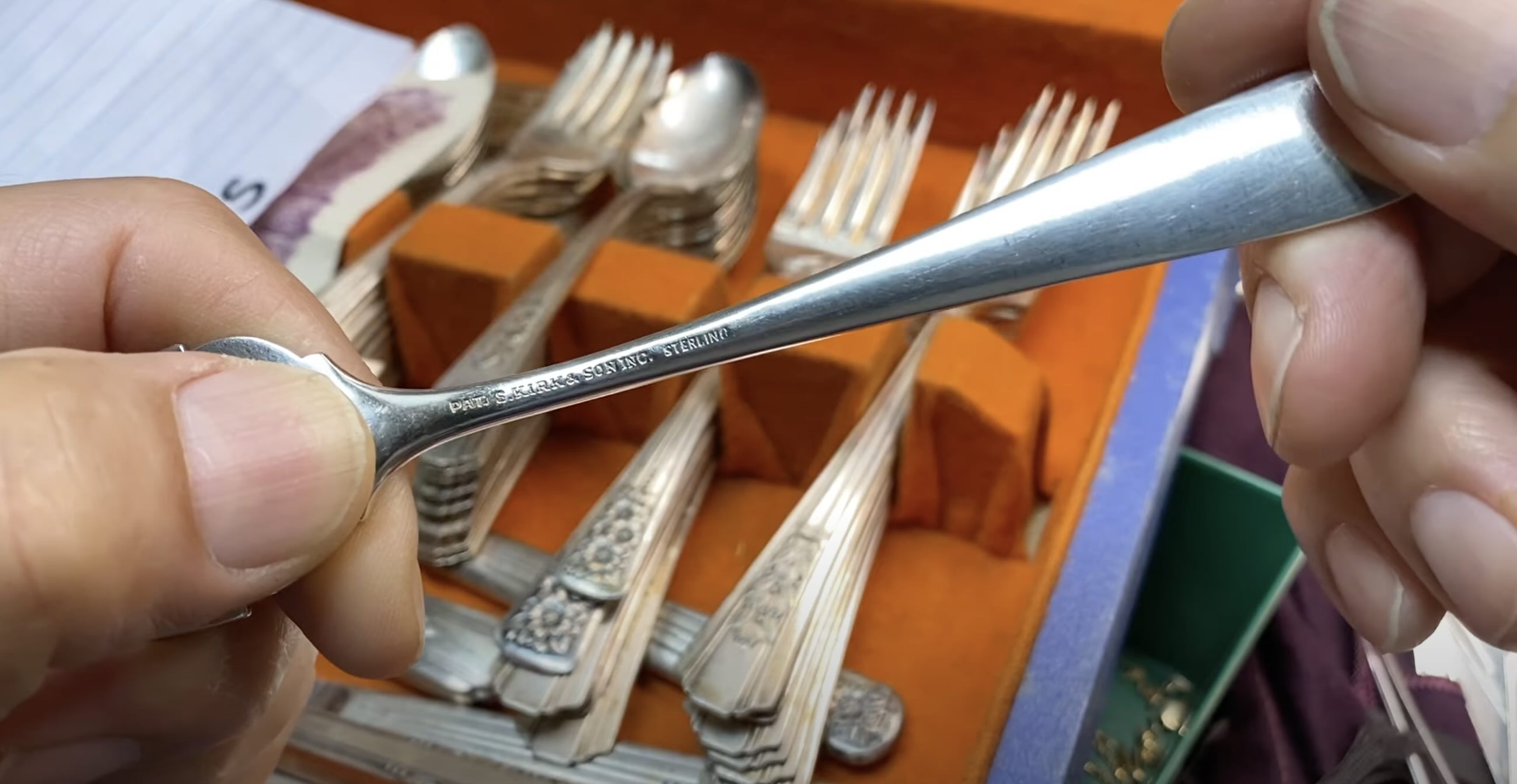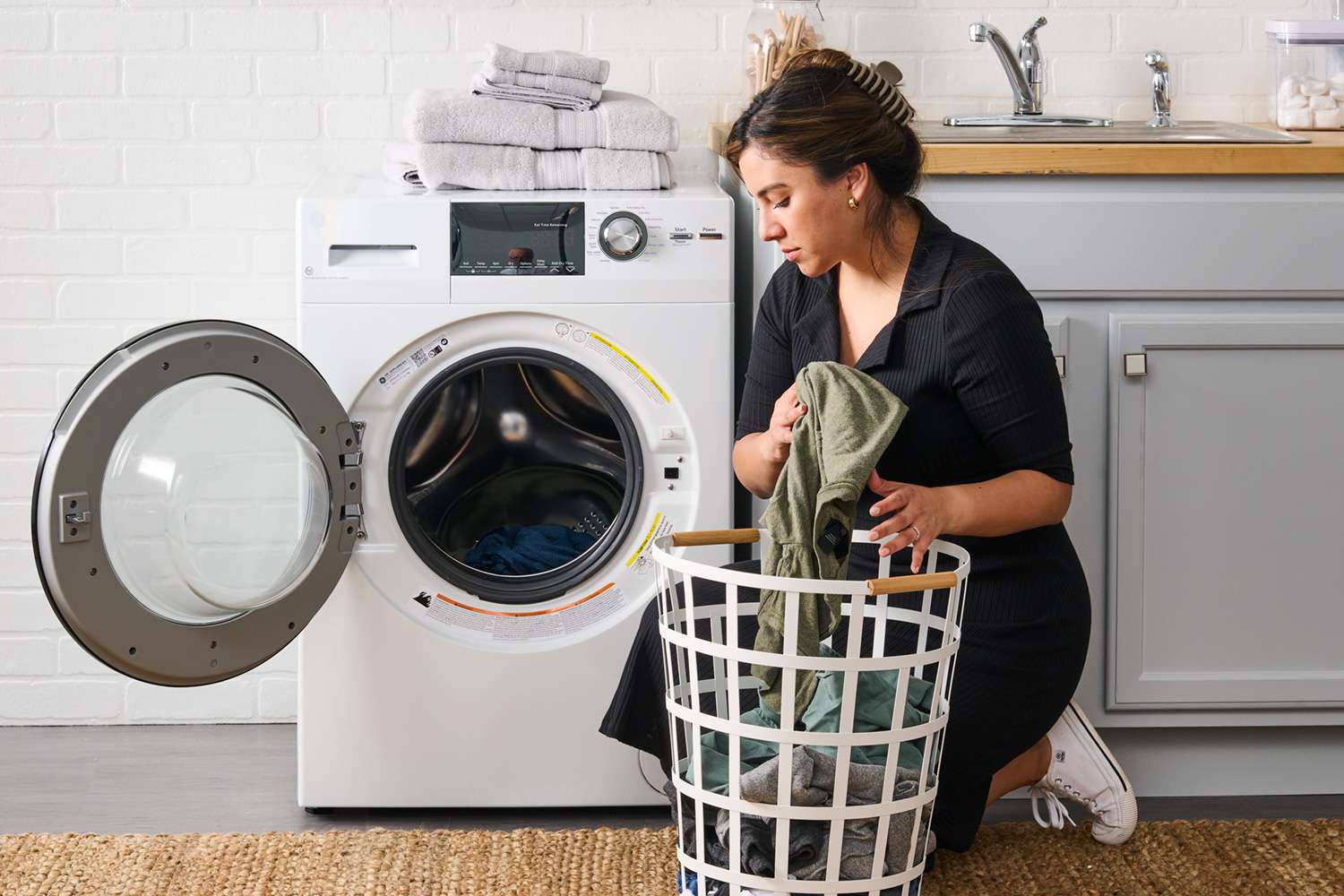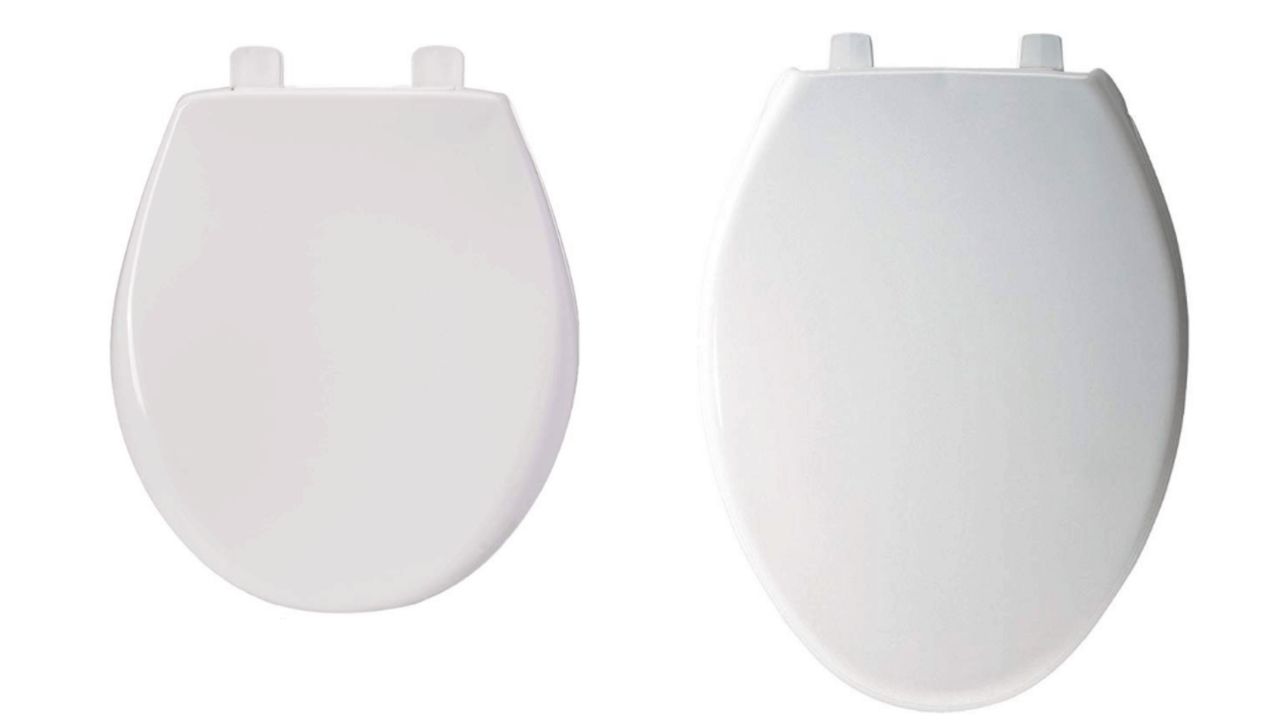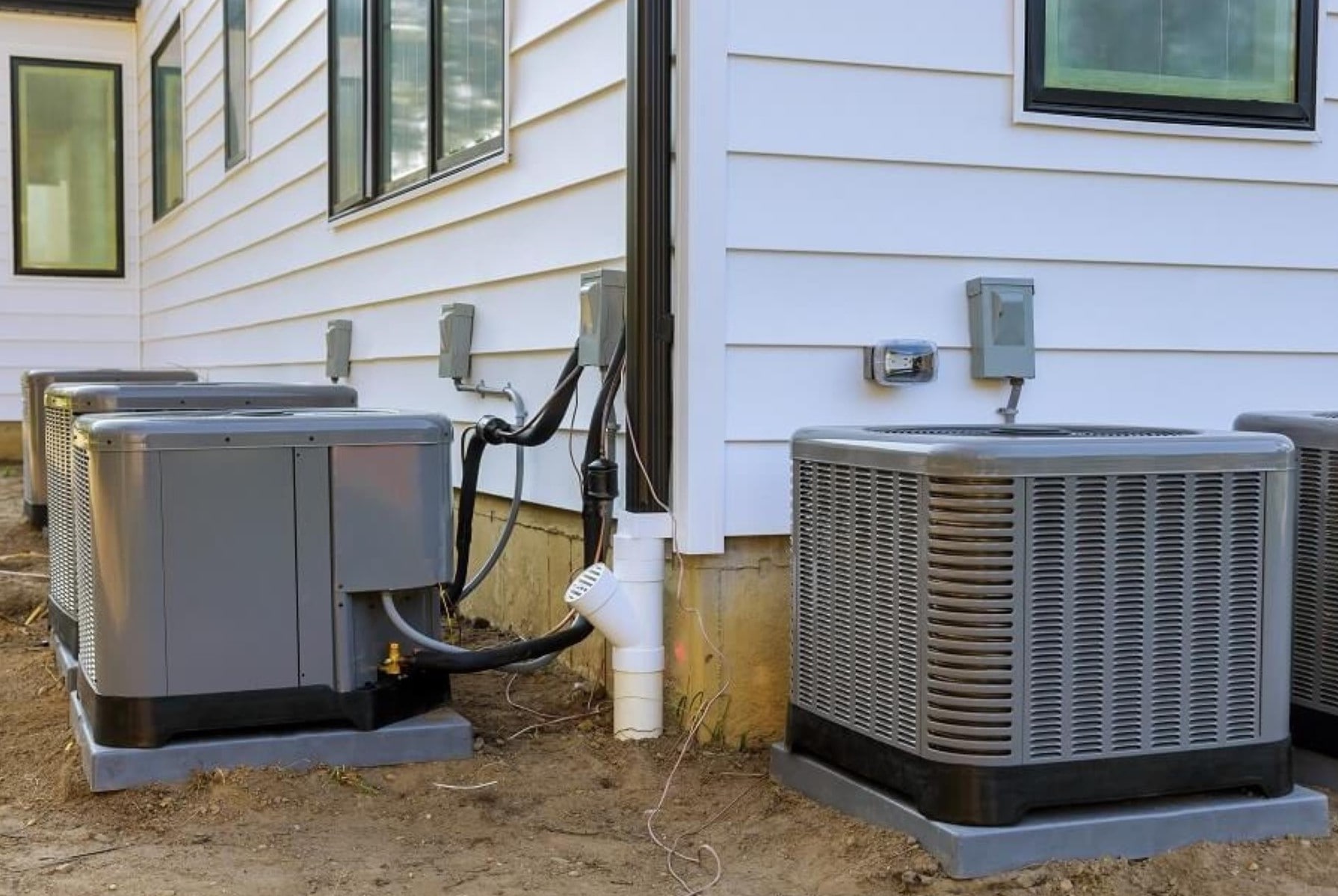Home>Dining>Tableware>How Do I Know If My Old Silverware Is Worth Anything?


Tableware
How Do I Know If My Old Silverware Is Worth Anything?
Modified: December 7, 2023
Discover the value of your old tableware! Learn how to determine if your silverware is worth anything and find out how to sell it for top dollar.
(Many of the links in this article redirect to a specific reviewed product. Your purchase of these products through affiliate links helps to generate commission for Storables.com, at no extra cost. Learn more)
Introduction
Have you ever stumbled upon a set of old silverware while cleaning out your attic or inherited a collection from your grandparents? You might be wondering if these tarnished and forgotten pieces have any value. The truth is, old silverware can hold significant worth, both in monetary value and sentimental value. However, determining the worth of your old silverware requires some knowledge and research.
In this article, we will explore the factors that determine the value of old silverware and guide you through the process of assessing its worth. From researching hallmarks to consulting experts, we will uncover the key steps you need to take to ascertain if your old silverware is worth anything. So, let’s dive in and discover the hidden treasures within your collection!
Key Takeaways:
- Uncover the hidden treasures within your old silverware collection by considering factors like silver content, maker’s marks, condition, rarity, and historical significance to determine its true value.
- Thorough research, expert opinions, and professional appraisals are crucial in accurately assessing the worth of old silverware, empowering you to make informed decisions about preservation or selling options.
Read more: What To Do With Old Silver Silverware
Factors that Determine the Value of Old Silverware
When it comes to determining the value of old silverware, several factors come into play. Understanding these factors will help you assess the worth of your silverware more accurately. Let’s take a closer look at the key factors:
1. Silver Content:
The silver content of your silverware is one of the most critical factors in determining its value. Most old silverware is made of a specific silver alloy known as sterling silver, which consists of 92.5% pure silver and 7.5% copper or other metals. The higher the silver content, the more valuable the silverware will be.
2. Maker’s Mark:
The maker’s mark is a hallmark or stamp that indicates the manufacturer or silversmith who produced the silverware. Certain makers are highly sought after by collectors, and their pieces often command premium prices. Researching and identifying the maker’s mark can provide valuable insights into the potential value of your silverware.
3. Rare or Unique Designs:
Silverware with rare or unique designs tends to be more valuable because of its scarcity and desirability. Look for intricate patterns, ornate handles, or distinctive motifs that set your silverware apart from common designs. Such unique pieces are often favored by collectors and can fetch a higher price.
Read more: How Do I Know If My HVAC Needs Freon
4. Age and Historical Significance:
The age and historical significance of your silverware can significantly impact its value. Antique silverware from a specific era or associated with a notable historical event or prominent figure may command a higher price due to its historical context and rarity.
5. Condition:
The condition of your silverware plays a crucial role in determining its value. Pieces that are in excellent condition, with minimal damage or wear, will generally be more valuable. Scratches, dents, and tarnish can decrease the value of your silverware, although some collectors prefer a patina that adds character and authenticity.
6. Rarity and Scarcity:
Rarity and scarcity also contribute to the value of old silverware. Pieces that are no longer in production or were produced in limited quantities are more sought after by collectors, driving up their value. If you have a rare or hard-to-find silverware pattern or set, it may fetch a higher price.
By considering these factors in your evaluation process, you can begin to gauge the potential value of your old silverware. However, keep in mind that professional appraisals are necessary for an accurate assessment of your silverware’s worth.
Researching the Hallmarks and Maker’s Marks
One of the essential steps in determining the value of your old silverware is researching the hallmarks and maker’s marks. These marks often provide valuable information about the origin, date of production, and quality of the silverware. Here’s how you can go about this process:
Read more: How Do I Know If My Water Pump Is Working?
1. Identify the Hallmarks:
Hallmarks are small stamps or symbols placed on silverware to indicate its silver content and authenticity. Common hallmarks include numbers, letters, and symbols that represent the silver standard, country of origin, and the manufacturer. Start by examining your silverware for these hallmarks, usually found on the underside of handles or near the base of the items.
2. Utilize Hallmark Guides and Databases:
Once you have identified the hallmarks, use hallmark guides and online databases to decipher their meanings. These resources can provide valuable information about the manufacturer, pattern names, production dates, and silver content associated with specific hallmarks. Look for renowned resources specific to your country to ensure accurate research.
3. Consult Silverware Books and Reference Guides:
Investing in silverware books and reference guides can be immensely helpful in your research. These books often provide detailed information about various silverware patterns, makers, and their historical significance. Look for books that specialize in silverware identification and valuation, as they can aid in identifying and valuing your specific pieces.
4. Seek Online Communities and Forums:
Online communities and forums dedicated to silverware collecting can be a treasure trove of knowledge. Engage with fellow enthusiasts and collectors to learn more about specific silverware patterns, makers, and their value. These communities can provide valuable insights and guidance based on their extensive experience and expertise.
5. Consult Antique Dealers and Appraisers:
If you are unable to find definitive information about your silverware through online research, consider consulting antique dealers and professional appraisers. They possess in-depth knowledge and experience in evaluating silverware and can provide accurate assessments of its value. Keep in mind that appraisals may come at a cost, but they are often worth the investment for accurate and reliable information.
By thoroughly researching the hallmarks and maker’s marks on your silverware, you can gather valuable information that will help you determine its potential value. This research process will provide a solid foundation for your evaluation and subsequent steps in assessing the worth of your old silverware.
Assessing the Condition of the Silverware
When it comes to determining the value of old silverware, assessing its condition is of utmost importance. The condition of the silverware can significantly impact its worth, as collectors and buyers are often interested in acquiring pieces that are well-preserved and free from significant damage. Here are some key steps to assess the condition of your silverware:
1. Inspect for Scratches and Dents:
Carefully examine each piece of silverware for scratches, dents, or any other signs of damage. Minor surface scratches and small dents may be acceptable, but extensive damage can lower the value. Collectors prefer silverware that has been well-maintained and shows minimal wear and tear.
2. Check for Tarnish and Discoloration:
Tarnish is a natural occurrence on silverware due to exposure to air and humidity. However, excessive tarnish and discoloration can indicate improper storage or neglect. Light tarnish that can be easily removed with polishing is generally acceptable, but severe tarnish that affects the overall appearance of the silverware may decrease its value.
Read more: How Do I Know If My Fireplace Is Safe To Use
3. Look for Signs of Repair or Restoration:
Inspect the silverware for any signs of repair or restoration. While minor repairs, such as handle reattachments, may not significantly impact the value, extensive repairs or alterations can diminish it. Similarly, attempts to restore the silverware, such as over-polishing or re-plating, can reduce its authenticity and value.
4. Assess the Integrity of Handles and Joints:
Check the handles and joints of the silverware for stability and integrity. Loose or wobbly handles, as well as weak joints, can indicate potential structural issues. Well-constructed and secure handles and joints are preferred, as they indicate high-quality craftsmanship and increase the value.
5. Examine the Overall Patina:
Consider the overall patina of the silverware. Some collectors appreciate a natural patina that develops over time, as it can add character and authenticity. However, a dark or heavily tarnished patina could make the silverware less attractive to potential buyers.
6. Evaluate the Presence of Original Packaging or Documentation:
The presence of original packaging, such as boxes, pouches, or documentation, can add value to your silverware. These items indicate that the silverware has been properly stored and cared for, enhancing its overall appeal to collectors.
By thoroughly assessing the condition of your silverware, you can gauge its overall quality and potential value. Remember that well-preserved and cared-for silverware will generally have a higher market value, as it is more desirable to collectors and buyers.
Identifying Rare or Unique Designs
When determining the value of old silverware, identifying rare or unique designs can be a significant contributing factor. Silverware with exceptional or distinctive designs tends to be more sought after by collectors, making it potentially more valuable. Here’s how you can identify rare or unique designs in your silverware:
1. Research Common Silverware Patterns:
Start your identification process by researching common silverware patterns from the era or region your pieces belong to. Understanding the prevalent designs will give you a baseline to determine if your silverware deviates from the norm, potentially making it more unique.
2. Look for Uncommon Patterns or Motifs:
Examine the handles, blades, and other parts of your silverware for any unusual or uncommon patterns, motifs, or engravings. These distinct design elements can set your silverware apart from mass-produced pieces, increasing its desirability and potential value.
3. Check for Limited Edition or Special Commemorative Pieces:
Silverware produced in limited quantities or as special commemorative editions often holds higher value due to its scarcity. Look for markings or documentation that indicate if your silverware falls into these categories. Limited edition or commemorative pieces can offer a unique selling point to collectors.
Read more: How Do I Know If My AC Needs Freon
4. Seek Expert Opinions and Reference Materials:
Consulting experts in silverware collecting or referring to reference materials can provide valuable insights into identifying rare or unique designs. Experts can offer their knowledge and expertise to help you determine if your silverware possesses any exceptional characteristics or historical significance that increase its value.
5. Consider Unconventional Shapes or Styles:
Unconventional shapes or styles can make your silverware stand out from the crowd. Look for pieces with unique handles, unusual shapes, or innovative designs. Silverware that pushes the boundaries of traditional designs can captivate collectors and contribute to its rarity and value.
6. Explore Historical or Artistic Connections:
If your silverware has any historical or artistic connections, it can significantly enhance its value. Research the history or background of the silverware, including any notable artists or designers associated with its creation. These connections can add a layer of prestige and rarity to your silverware.
Remember, identifying rare or unique designs in your silverware requires thorough research, expert opinions, and a keen eye for detail. By pinpointing these exceptional design elements, you can potentially unlock a higher value for your old silverware.
Consulting Experts and Appraisers
When it comes to assessing the value of your old silverware, consulting experts and appraisers is an important step. These professionals have the knowledge, experience, and resources to provide accurate evaluations and insights into the worth of your silverware. Here are the key reasons why consulting experts and appraisers is beneficial:
Read more: How Do I Know If My Air Purifier Is Working
1. Expert Knowledge and Specialized Experience:
Experts and appraisers specializing in silverware have extensive knowledge about different makers, patterns, historical significance, and market trends. Their expertise allows them to recognize the unique aspects of your silverware that may contribute to its value. They can also identify any potential flaws or issues that may affect its worth.
2. Accurate Market Valuation:
Appraisers have access to current market data and comparables, allowing them to provide an accurate appraisal of your silverware’s value. They consider various factors, including condition, rarity, uniqueness, and demand, to estimate the worth based on the current market conditions. This professional valuation can help you make informed decisions regarding your silverware.
3. Appropriate Documentation:
When consulting experts or appraisers, you will receive a formal appraisal report. This comprehensive document includes a detailed description of your silverware, its condition, historical background, and a fair market value assessment. Having this official documentation is beneficial if you decide to sell your silverware or for insurance purposes.
4. Access to a Network of Collectors and Buyers:
Experts and appraisers in the field often have a vast network of collectors, dealers, and buyers. They can connect you with potential buyers who are specifically interested in acquiring old silverware. This network can provide you with opportunities to sell your silverware at a fair price to interested parties.
Read more: How Do I Know If My Ryobi Battery Is Bad
5. Guidance on Preservation and Restoration:
While assessing the value of your silverware, experts and appraisers can also offer advice on preservation and restoration techniques. They can guide you on proper storage methods, handling practices, and recommended restoration specialists if your silverware requires professional attention. This guidance ensures that you maintain the integrity and value of your silverware over time.
6. Objectivity and Impartial Assessment:
Consulting experts and appraisers provides an objective and impartial assessment of your silverware’s value. They have no personal attachment to your pieces, allowing them to evaluate your silverware objectively based on industry standards and market demand. This unbiased opinion helps you make well-informed decisions about your silverware.
When seeking expert advice or an appraisal for your old silverware, ensure you choose a qualified professional with relevant experience in silverware evaluation. Their expertise will guide you in understanding the true value and potential of your silverware collection.
Selling Options for Valuable Silverware
If you have determined that your old silverware has significant value, you may be considering selling it to capitalize on its worth. Here are some popular selling options to consider:
1. Auction Houses:
Auction houses specializing in antiques and collectibles can be an excellent option for selling valuable silverware. These establishments have a wide network of collectors and buyers who actively participate in auctions. Selling through an auction can help you fetch a competitive price for your silverware, especially if it is rare or has historical significance.
Read more: How Do I Know If My Gas Fireplace Is Vented
2. Antique Dealers:
Approaching reputable antique dealers who specialize in silverware can be a convenient way to sell your valuable pieces. They have a broad customer base and can offer a fair price based on their expertise and market demand. Antique dealers also have the resources to properly market and showcase your silverware to potential buyers.
3. Online Marketplaces:
Utilizing online marketplaces, such as eBay, Etsy, or specialized silverware platforms, can provide you with a broader reach and potential buyers from around the world. You can create listings with detailed descriptions and high-quality photographs to attract buyers. However, be prepared to handle shipping logistics and ensure safe packaging to protect your silverware during transit.
4. Collectors and Silverware Enthusiasts:
Connecting with collectors and silverware enthusiasts through forums, social media groups, or specialized collector communities can be a fruitful way to sell your valuable silverware. These individuals have a keen interest in acquiring unique or rare pieces and may be willing to pay a premium. Engage with these communities and showcase your silverware to interested buyers.
5. Estate Sales:
If you have a substantial collection of valuable silverware, organizing an estate sale or consignment with an estate sale company can be a viable option. Estate sales attract buyers interested in acquiring a wide range of vintage items, including silverware. These events provide a platform to showcase your collection and attract potential buyers who appreciate the value of old silverware.
Read more: How Do I Know If My ADT Doorbell Is Charging
6. Direct Sales to Silverware Buyers:
Contacting silverware buyers or companies that specialize in purchasing valuable silverware is another option. These buyers are experienced in evaluating and acquiring silverware and may offer you a fair price for your pieces. However, be sure to research reputable buyers and request multiple appraisals to ensure you receive a fair deal.
Remember, when selling valuable silverware, it’s important to consider your goals, the level of effort you’re willing to invest, and the potential return on investment. Each selling option has its pros and cons, so explore different avenues to find the one that aligns best with your needs and priorities.
Conclusion
Discovering the value of your old silverware can be an exciting journey filled with hidden treasures and potential financial gain. By considering the key factors that determine the value, researching hallmarks and maker’s marks, assessing the condition, identifying rare or unique designs, and consulting experts and appraisers, you can gain a comprehensive understanding of the worth of your silverware collection.
Remember, the silver content, maker’s marks, condition, rarity, and historical significance all contribute to the value of your silverware. Thorough research and expert opinions are crucial in providing accurate assessments and establishing a fair market value for your pieces.
If your silverware is deemed valuable, there are various selling options to explore, including auction houses, antique dealers, online marketplaces, collectors, and direct sales to silverware buyers. Each option offers unique advantages and considerations, so consider your preferences and priorities to choose the right avenue for selling your silverware.
Whether you decide to preserve your silverware as a cherished heirloom or part with it to generate financial gain, understanding its value empowers you to make informed decisions. Depending on the sentimental or monetary significance of your silverware, the evaluation process can help you appreciate the historical and artistic value of these beautiful pieces.
Lastly, it is important to remember that assessing the value of old silverware can be a complex process, and seeking professional appraisals is highly recommended. These experts possess the knowledge, insight, and resources to provide accurate valuations, ensuring you receive a fair assessment of the worth of your silverware.
Embrace the journey of uncovering the hidden worth of your old silverware and enjoy the excitement of potentially finding hidden treasures within your collection.
Frequently Asked Questions about How Do I Know If My Old Silverware Is Worth Anything?
Was this page helpful?
At Storables.com, we guarantee accurate and reliable information. Our content, validated by Expert Board Contributors, is crafted following stringent Editorial Policies. We're committed to providing you with well-researched, expert-backed insights for all your informational needs.






0 thoughts on “How Do I Know If My Old Silverware Is Worth Anything?”